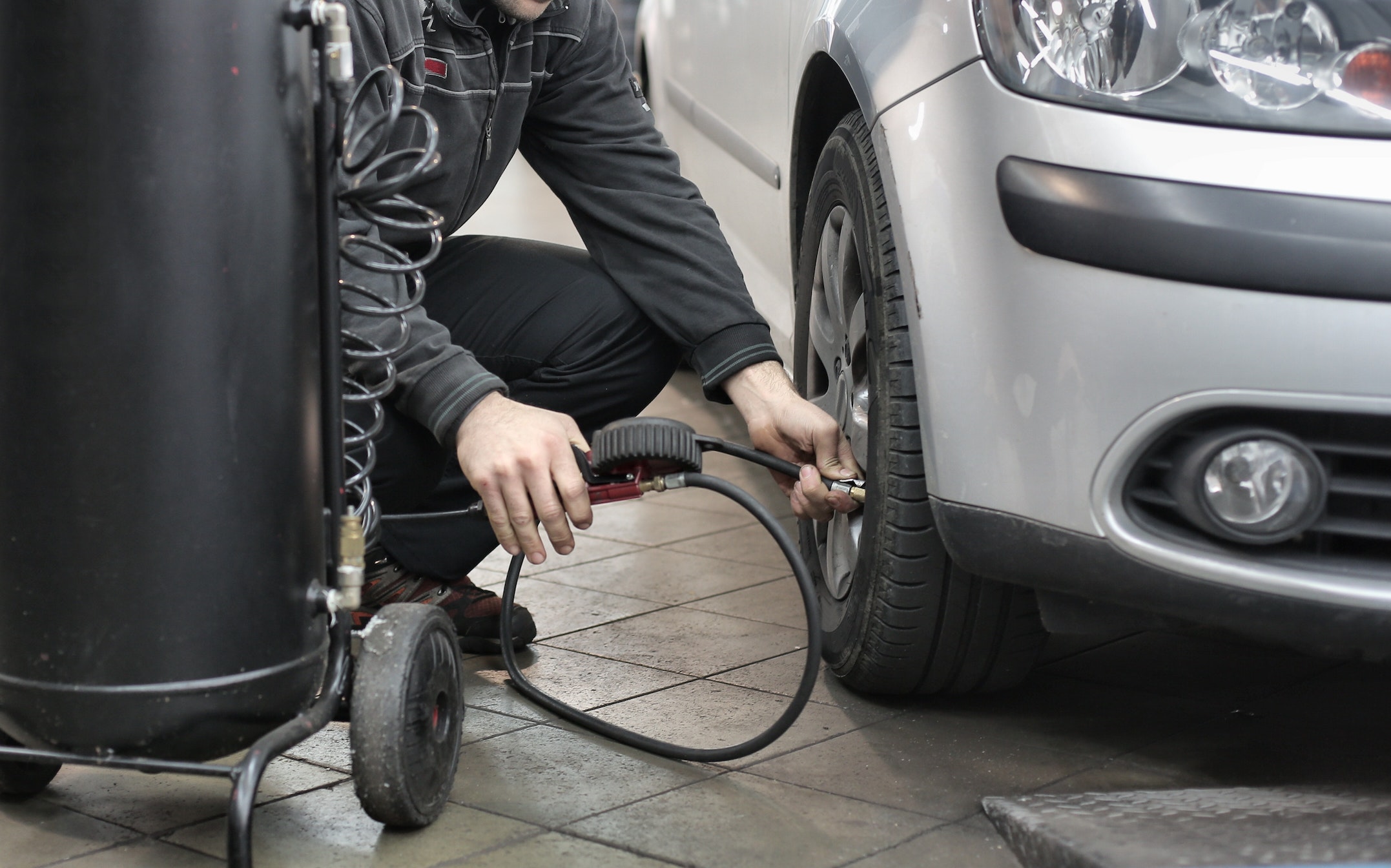

Back in the early days of automobiles, prospective buyers would kick the front tires as a quality test before making the purchase. The phrase “kick the tires” eventually became synonymous with assessing the quality of something before making an investment.
When it comes to your vehicle’s tires, merely kicking them will not tell you a lot about their quality or condition. In this month’s blog post, we examine four practical ways to keep your tires maintained and stay confident that they are performing effectively and safely for you and your vehicle occupants.
Periodically Inspect Your Tires: One of the easiest maintenance tasks that any driver can do is to visually inspect their tires. If you spend a significant amount of time on the road, a monthly inspection is advisable. Check your tires for any visible signs of damage – this may be cracking, foreign objects that have impacted the tread or sidewall, or signs of bulging. Always check the depth of your treads as well, using the simple penny test. Find a penny and insert it upside down into the tire tread, if you cannot see most of Abraham Lincoln’s head, then your treads are a good depth. If you want to be more precise about tread depth, you can invest in a simple tread depth tire gauge for under $10.
Keep Your Tires Properly Inflated: Depending on who you may ask, you may receive various air pressure recommendations for your tires. However, you should always use the recommendations from your specific tire manufacturer. The manufacturer suggested pressure corresponds with your specific tire type and size. If you have a tire pressure monitoring system (TPMS) in your vehicle, pay attention to any pressure changes and address them promptly. You may notice pressure changes in early fall, as daytime temperatures turn to cooler night temperatures. When the air is colder, it becomes condensed inside your tires and results in lower air pressure. Another inexpensive tool for your vehicle is a tire pressure gauge, which may vary in cost if you are looking for more sophisticated ones that have digital displays, or the simple manual ones. You should be able to find a decent one for around $12-15.
Rotate Your Tires: Rotating your tires is an inexpensive way to extend the life of your tires. If you stick to a tire rotation every 6,000-8,000 miles, you are keeping your tire wear even across all four tires. If you notice tire tread wear in one particular tire over the others, this may be an indication of an alignment issue. Alignment deficiencies can affect the angles of your tires and cause premature wear and tear on your treads. Your vehicle’s suspension can become misaligned easily from driving on rough road surfaces like potholes or bumps. Have your vehicle alignment inspected at the same time you have your tire rotations.
Have Your Tires Balanced: Balancing your tires is when a service professional looks for imbalances in the weight of the tire as it spins. When the weight balance is off, it may cause your tires to vibrate, or wear prematurely. Balancing service involves inspecting the balance and using the proper amount of tire weights to ensure the tire is balanced.
Your tires play a key role in your ability to get from point A to point B. They are what keep your vehicle securely on the road. Make sure to incorporate a tire maintenance plan for your vehicle to keep down repair costs, and more importantly, keep you and your vehicle occupants safe.
If you would like to have your tires inspected, contact us at Colonial Service Station to schedule an appointment today.
